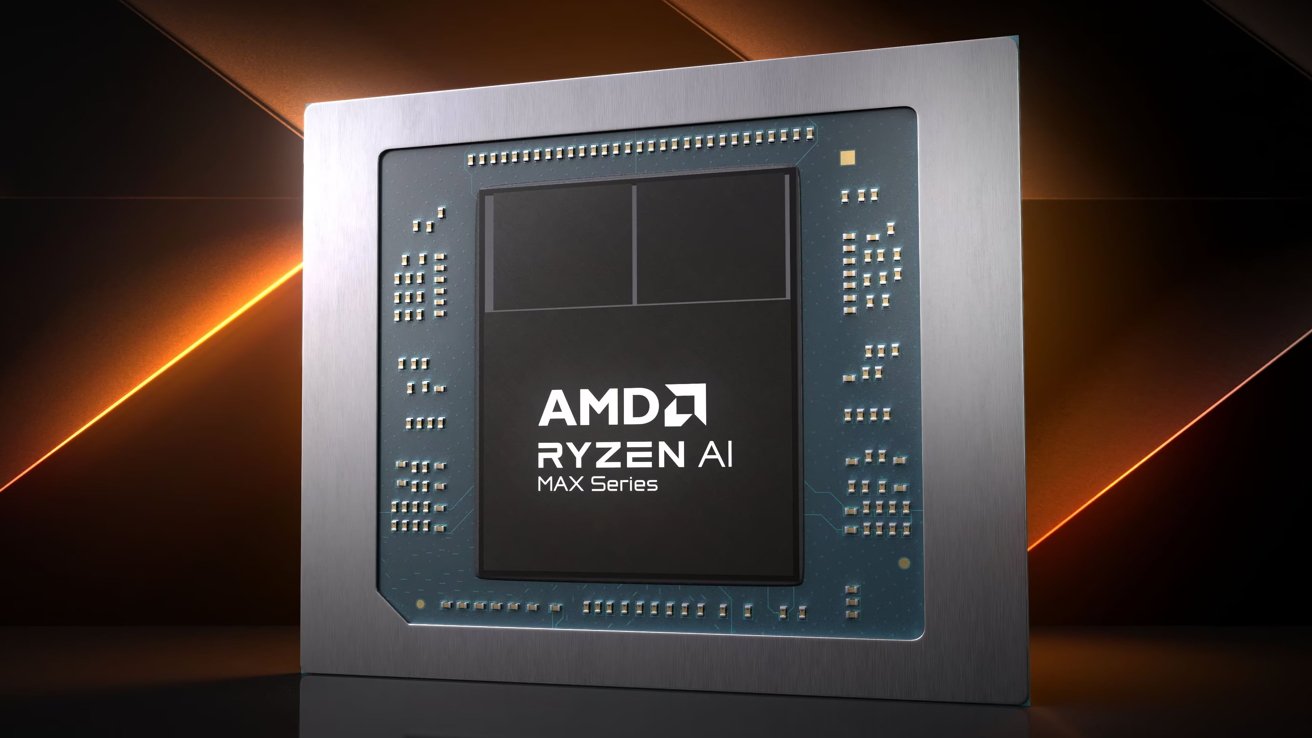AMD’s latest Ryzen AI Max chips probably wouldn’t have existed without Apple, an AMD executive has admitted, thanks to the popularity of Apple Silicon.
At CES, AMD introduced Ryzen AI Max chips, an upgraded version of its Ryzen AI architecture with up to 16 CPU cores and up to 40 AMD RDNA 3.5 graphics compute units, and a neural processing unit with up to 50 trillion operations per second.
The chips, offering tons of performance in various ways in one focused component, has considerable echoes to the way Apple Silicon works. During the launch, AMD VP Joe Macri hinted that Apple Silicon helped with getting the product made and out the door, reports Engadget.
An Apple Silicon thing
“Many people in the PC industry said, well, if you want graphics,, it’s gotta be discrete graphics because otherwise people will think it’s bad graphics,” Macri offered.
He continued “What Apple showed was consumers don’t care what’s inside the box. They actually care about what the box looks like. They care about the screen, the keyboard, the mouse. They care about what it does.”
With Apple having a massive success on its hands with Apple Silicon, it allowed Macri to convince upper management to spend a “mind boggling” amount of resources to develop the Ryzen AI Max.
“I always knew, because we were building APUs, and I’d been pushing for this big APU forever, that I could build,” Macri enthused. “A system that was smaller, faster, and I could give much higher performance at the same power.”
Inspired, but not first
While Macri was complementary about Apple Silicon’s success and how it helped convince others that Ryzen AI Max chips were a real possibility, he stops short of giving full credit to Apple.
He insists that AMD was working towards this scenario well ahead of Apple. “We were building APUs while Apple was using discrete GPUs,” he crows, referring to chips that combined a CPU with Radeon graphics.
“They [Apple] were using our discrete GPUs. So I don’t credit Apple with coming up with the idea,” he continued.
Before implementing Apple Silicon, Apple did extensively use AMD Radeon GPUs as discrete graphics options in its MacBook Pro lines.
Apple may have had an interest in creating its own APU at the time AMD was working on the concept. In July 2012, former AMD chip architect John Bruno, who previously contributed to AMD’s Trinity APU was spotted on LinkedIn as having become a “System Architect at Apple.”
At one point, Apple apparently considered using the original AMD Fusion APU in the Apple TV in 2010, before eventually using its A4 processor.





